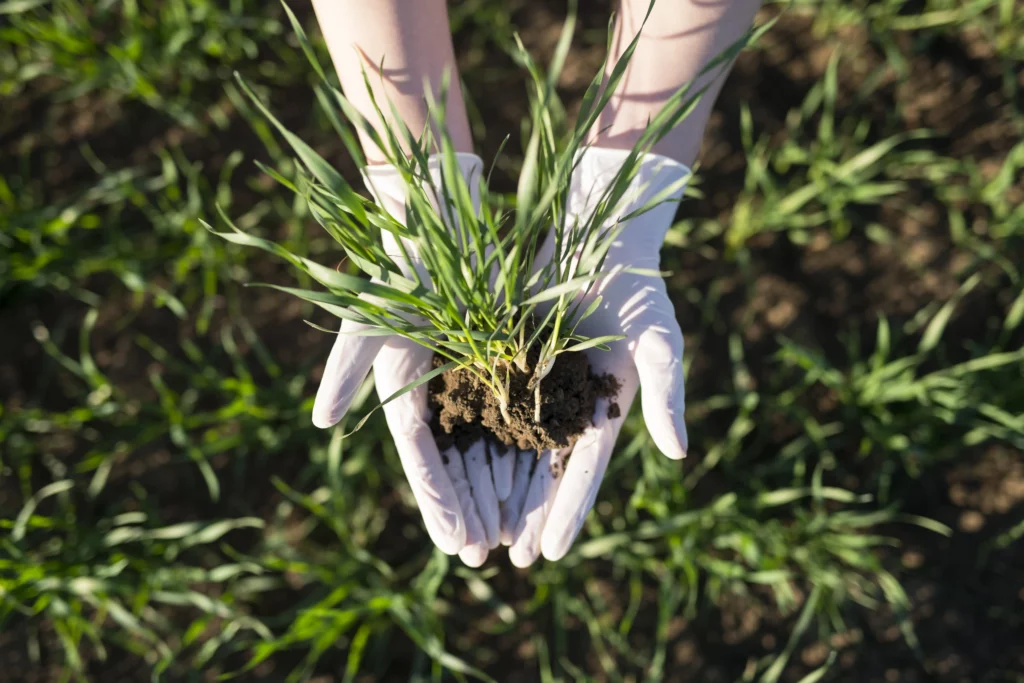
In an increasingly developed world, the need arises to seek a balance between large industries and buildings, and the conservation of our natural environment with the animal and plant species that inhabit it. As a result, society has discovered alternative ways of life and construction that have as their axis the respect for Mother Nature and the rational and conscious use of the resources she provides us. One of these concepts is permaculture, which we will discuss below.
Meaning and origin of the term
The word is the result of a contraction: in the origin of permaculture it was applied to refer to “permanent agriculture”, but later it was extended to the concept of “permanent culture”. In addition, the term was first used by scientists David Holmgren and Bill Mollison in 1978. Since its inception, permaculture has been seen as a possible solution to the current environmental and social crisis. Thus, it ranges from sustainable agriculture to the construction of ecological and greenhouses, as well as a greater use of natural resources as an energy source (Aquae Fundación, 2021).

Elements of Permaculture
It is said that there are 2 types of permaculture; a rural one that contributes to better conservation of resources such as water and fertile soils in rural areas, and an urban one that is focused on the redesign of cities and their houses with the aim of generating a positive impact.
In turn, permaculture is just a concept that encompasses different branches such as ecological-environmental design, ecological engineering, construction, integrated water resource management, sustainable architecture, and agricultural systems.
Also, permaculture is based on 3 ethical principles:
- Care of the earth: this principle seeks the conservation of soil, forests and green areas in general, as well as water.
- Care of people: refers to the satisfaction of basic human needs using existing natural resources, always seeking individual and collective care.
- Fair distribution of surpluses and capacities: surpluses are redistributed, so that waste must be properly recycled in order to be returned to the ecosystem again. It is also about sharing with future generations some of the wealth and resources that the planet is giving us in the present, setting limits to consumption and reproduction.
Permaculture also has 12 design principles:
- Observe and interact
- Capture and store energy
- Obtain a yield
- Applying self-regulation and accepting feedback
- Use and value natural resources and services
- Stop reproducing waste
- Design patterns in detail
- Integrate rather than segregate
- Use slow solutions
- Value diversity
- Use the edges and value the marginal
- Respond creatively to change
Zones
Permaculture follows the classification of zones as an intelligent way of organizing the human environment according to the regularity of its needs, the care of plants and animals. The most frequented zones throughout the day should be located in the zones close to the home, i.e. zones 1 and 2. Those that are visited somewhat less frequently in zones 3 to 5.
Zone 0
The house or home in the center. This is the starting point for the people who live here to save effort to reach the rest of the zones, in the same way covering their water needs and taking advantage of natural resources such as sunlight. This is an attempt to create a sustainable model where people can live and work. This zone is an informal designation since Bill Mollison does not define it in any of his books.
Zone 1
This is the area closest to the house. The elements that you want to establish in this zone should be those that need to be visited more frequently, such as vegetable gardens where there are plants that will be used daily, such as parsley, lettuce, strawberries, etc. You can also place an area for organic waste such as a compost bin.
Zone 2
This area is used to locate perennials that require somewhat less frequent maintenance than in zone 1. An occasional visit for weed control or pruning. Fruit trees, pumpkins, etc. can be located here. It is also an ideal place to place honeycombs or large compost bins.
Zone 3
The area where the main crops should be established as a business. After the establishment of this zone, it requires a minimum of maintenance such as irrigation and weed control thanks to mulching which is a cover that can be composed of straw, plant debris, or pine bark to protect the soil from the sun and prevent moisture from evaporating easily. Mulching will mean that you will only need to visit this area once or twice a week.
Zone 4
This zone should be a semi-wild forest area. It is intended for foraging, gathering wild food (such as mushrooms), and firewood.
Zone 5
Zone 5 should be a totally wild area with no human intervention except observation of nature and its cycles. This zone will help preserve bacteria, fungi, and insects that will help the above-mentioned zones (Ross, 2005).

Layers
Layers are one of the tools used to design functional ecosystems that are sustainable and of direct benefit to humans.
In general, there are seven recognized layers in a food forest:
- tree canopy
- understory layer
- shrub layer
- herbaceous layer
- soil surface
- rhizosphere
- vertical layer
Another concept used in permaculture is the so-called edge effect, which is the effect of juxtaposition of opposing environments within the same system. It is considered that it is precisely in the places where the opposites meet that intense productivity takes place (Aquae Fundación, 2021).
Permaculture is shown as an alternative to the accelerated industrial life of cities, promoting the welfare of all its members. It recognizes community support instead of competition, promoting the harmonious existence of all living beings.
REFERENCES:
- Mars, Ross (2005). The Basics of Permaculture Design. Chelsea Green; ISBN 978-1-85623-023-0; p. 6.
- Aquae fundación (2021). Descubre qué es y cómo funciona la permacultura. https://www.fundacionaquae.org/wiki/que-es-permacultura/
